Baboons are a type of Old World monkey that inhabit various regions of Africa and the Arabian Peninsula.These primates are known for their complex social structures, intelligence, and adaptability to different environments.
However, as with any species in the animal kingdom, baboons also face numerous threats from predators.
Understanding the potential dangers that baboons face is important not only for scientific purposes but also for conservation efforts.
In this article, we will explore some of the most common predators of baboons and examine how these interactions impact both predator and prey populations.
Through this analysis, we can gain a better understanding of the delicate balance between predator-prey relationships in natural ecosystems.
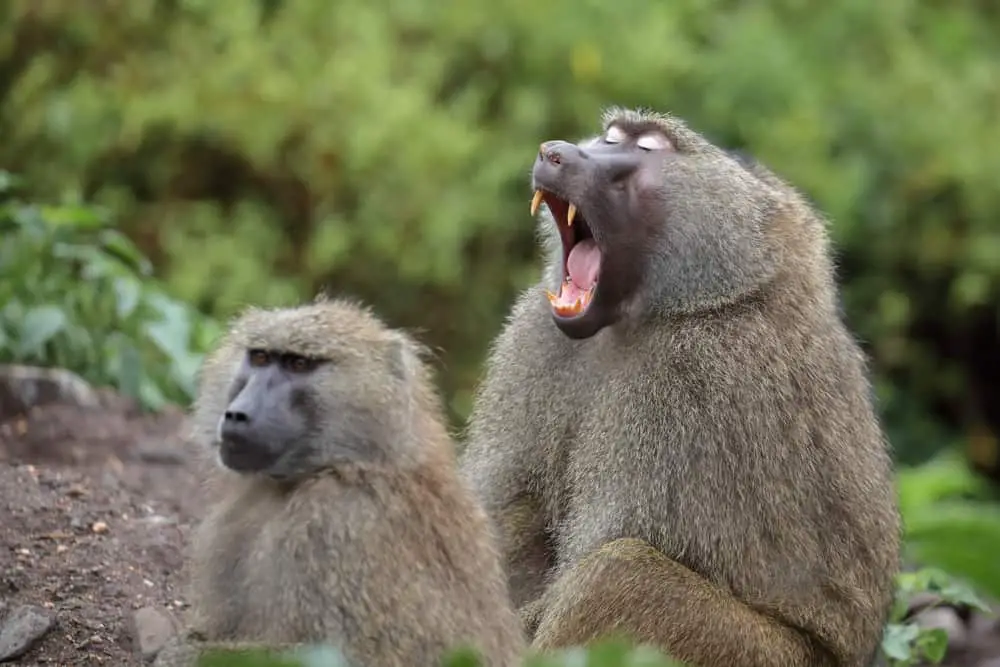
The Importance Of Studying Baboon Predators
The study of baboon predators is important for both theoretical implications and conservation strategies. Understanding the ecological dynamics between predators and prey can provide insight into how populations interact with each other in a given ecosystem.
Examining the role that predators play in regulating baboon populations could also shed light on the importance of biodiversity maintenance.
Moreover, identifying specific predator species that pose a threat to baboons can aid in developing effective conservation strategies. By determining which predators are most likely to target baboons, efforts can be made to mitigate these interactions through habitat management or predator control measures.
This information can also inform decisions about where to focus conservation resources and highlight areas where human-wildlife conflict may be more prevalent. Therefore, studying baboon predators has significant implications for understanding ecological processes as well as implementing practical solutions for wildlife management and protection.
How Good Are the Senses of a Baboon: Unveiling the Sensory Abilities of Baboons
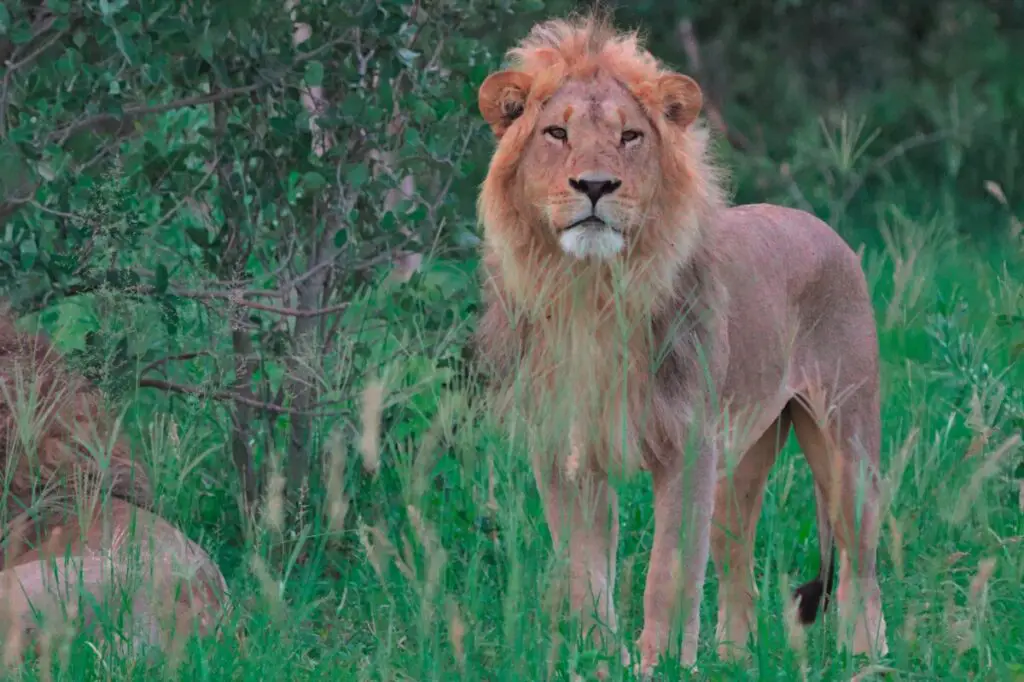
Lions
Baboons are a prey species, and as such, they have numerous predators. However, the most significant predator of baboons is lions. Lions are apex predators that can take down even large primates like baboons. In fact, many studies suggest that lions account for up to 50% of all adult baboon deaths in certain areas.
Predator-prey dynamics play an essential role in shaping the behavior and avoidance strategies of baboons. Research shows that baboons are highly aware of their surroundings and show heightened vigilance when lions are present. They also tend to avoid open spaces during times when lions are active and typically retreat into trees or other elevated positions at night.
Understanding these behaviors can help researchers better understand how predation influences primate social structure and ecology.
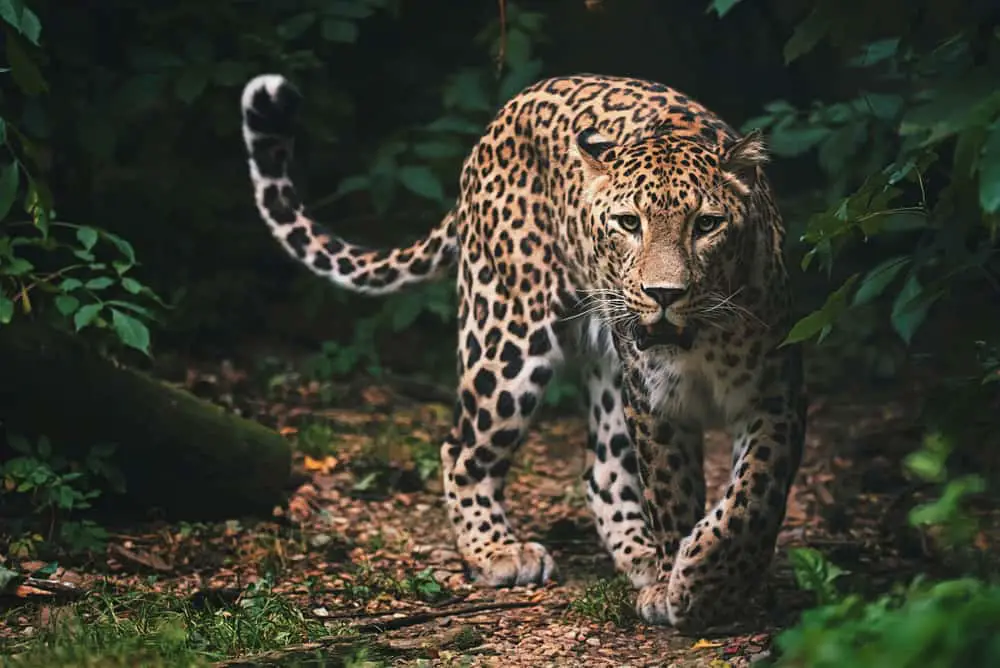
Leopards
Baboon behavior plays a significant role in their vulnerability to leopards. These primates are social animals that live in troops with hierarchical structures dominated by males. During resting periods, they seek refuge high up in trees out of reach from ground predators such as lions and hyenas.
However, baboons often venture down from their arboreal sanctuaries to forage for food or water during daylight hours when leopards are less active. Adults are harder to catch, but the young are exposed to ambush attacks by thse agile felines who use their powerful legs to leap up to six times their body length towards their target before delivering a fatal bite to their victim’s neck or throat.
Leopard hunting techniques have evolved over millions of years resulting in a highly effective method used against vulnerable species like baboons.
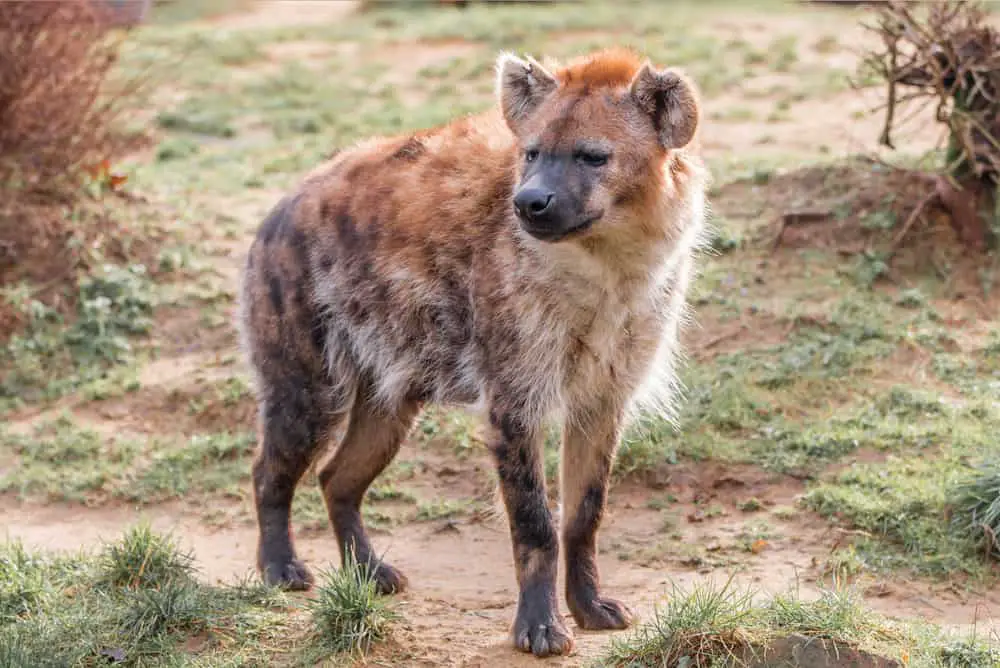
Hyenas
Among the predators of baboons, hyenas are considered as one of the most significant threats. Hyenas are known for their opportunistic hunting behavior and could attack any animal they encounter, including baboons.
In general, hyenas hunt in packs and use cooperative strategies to take down larger prey such as wildebeest or zebras. However, when it comes to smaller prey like baboons, a single hyena can successfully kill an adult.
To cope with the threat posed by hyenas, baboons have developed behavioral adaptations that help minimize risk and improve survival probabilities. For instance, baboons often form large troops that provide safety in numbers against potential predators.
Additionally, during times of increased predation pressure from hyenas or other carnivores, baboons may alter their social dynamics to form more cohesive groups that better protect themselves against attacks. These changes in group size and composition can also lead to differences in mating opportunities and reproductive success among individuals within the troop.
Overall, the presence of hyenas has a profound impact on baboon social dynamics and influences both individual behaviors and overall group structure. As long-term studies continue to investigate predator-prey interactions between these two species, we will gain greater insights into how animals adapt to changing ecological pressures over time without succumbing completely to natural selection pressures.
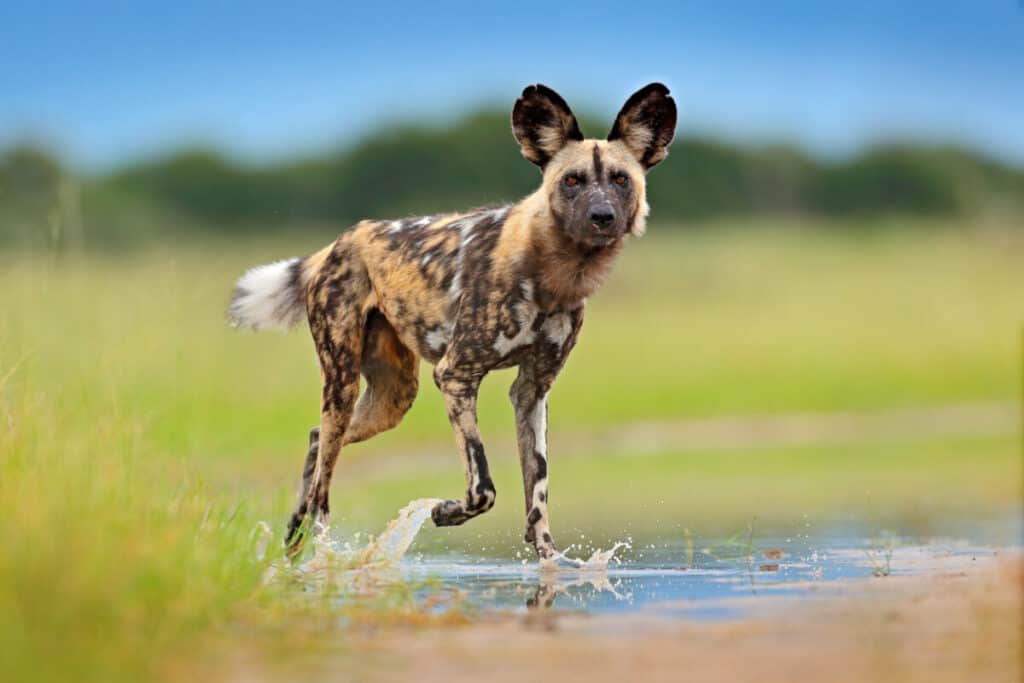
Wild Dogs
Wild dogs, also known as African painted dogs or Cape hunting dogs, are one of the most successful predators of baboons. These canines have highly evolved pack dynamics and cooperative hunting strategies that allow them to take down prey much larger than themselves.
Wild dog packs consist of up to 20 individuals, with some groups reaching numbers as high as 40. Pack dynamics play a crucial role in the success of wild dog hunts. Each member of the pack has a specific role to play during the hunt, from chasing down prey to guarding against escape attempts.
The pack works together seamlessly and efficiently, using their superior speed and endurance to wear down their target over long distances. When it comes time for the actual kill, wild dogs use their powerful jaws and sharp teeth to deliver fatal bites quickly and effectively.
This combination of teamwork and specialized skills makes wild dogs formidable predators that even adult baboons struggle to defend against.
The Impact Of Predator-Prey Interactions On Ecosystems
Ecological balance is crucial in maintaining the health of an ecosystem. Predator-prey interactions play a significant role in food web dynamics, which affects ecological balance.
Predators help control prey populations by keeping them from overgrazing or depleting resources. In turn, this allows for other species to thrive and prevents the collapse of the entire system.
On the other hand, if predator populations are too low due to human interference or habitat loss, it can lead to an increase in prey populations. This creates an imbalance as there will not be enough resources to support such a large number of individuals. As a result, some may starve while others become more susceptible to disease and predation themselves.
Thus, understanding the impact of predator-prey interactions on ecosystems is vital in ensuring their long-term sustainability and stability.
The interconnectedness of species within an ecosystem highlights how important each individual organism’s role plays in maintaining ecological balance. Each organism has its place within the food web and contributes towards regulating population sizes, nutrient cycling, and ultimately shaping the overall structure of ecosystems.
Therefore, it is essential that we continue studying these interactions so that we can make informed decisions about conservation efforts and ensure a healthy future for our planet’s biodiversity.
Conclusion
Studying baboon predators is crucial for understanding the dynamics of predator-prey interactions in ecosystems.
Lions, leopards, hyenas and wild dogs are all known to prey on baboons, with lions being their primary predator.
These predators have significant impacts on baboon populations as well as other species within the ecosystem.
Humans also pose a threat to baboon populations through habitat destruction and hunting.
Conservation efforts must be implemented to protect both baboons and their habitats from human activities.
Further research should focus on the ecological effects of these relationships between predators and prey, highlighting the importance of maintaining healthy ecosystems where all species can coexist harmoniously.

